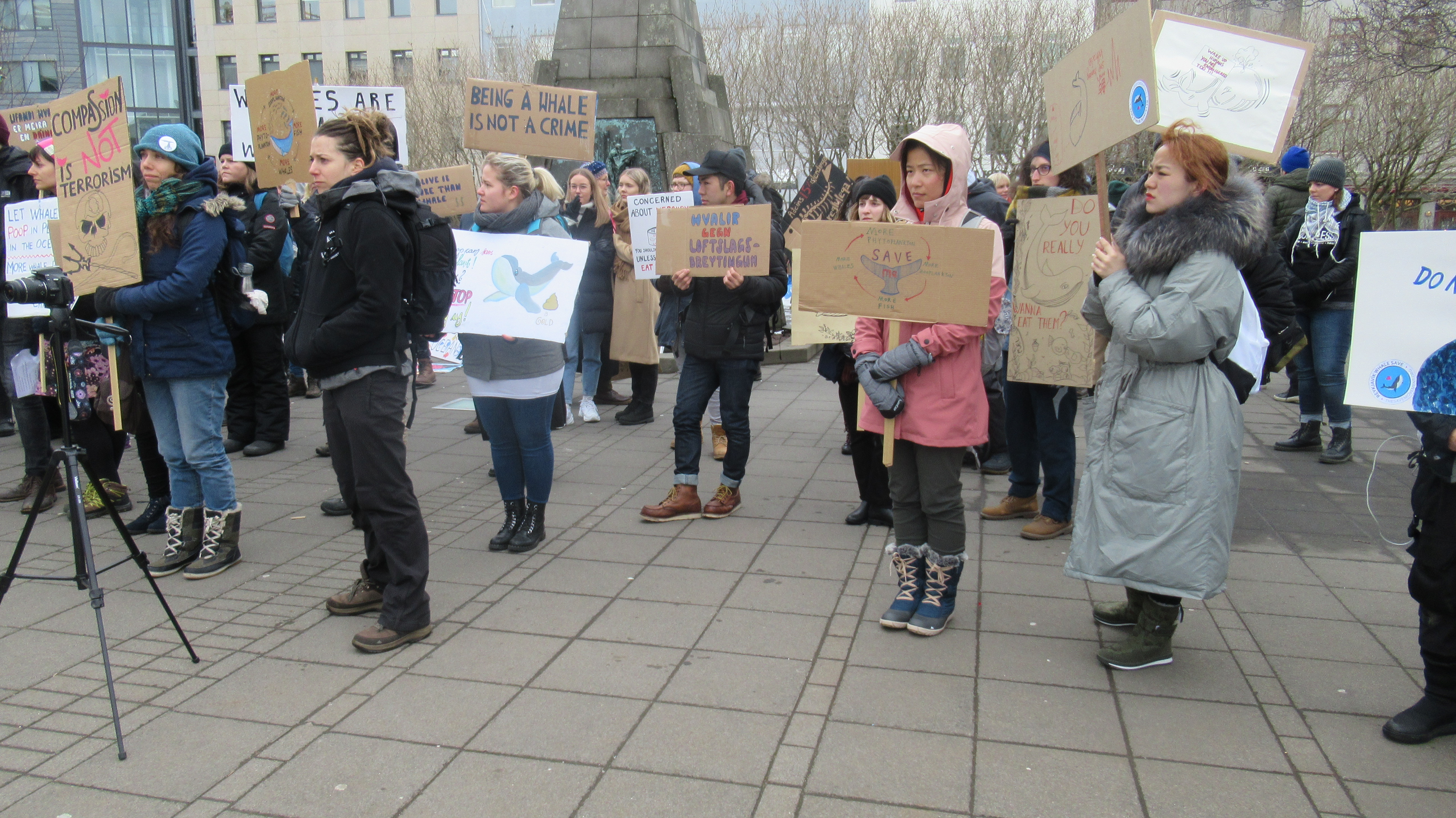Nuclear power is not the answer
Some so-called environmentalists are perceiving nuclear power as one of the solutions to providing energy that is climate-friendly. It is even grouped together with renewable sources of energy as a viable option, and recently there was a huge debate in the EU about whether nuclear power and natural gas should be considered climate-friendly. In the end, the pro-nuclear countries – notably France – won out (much to the disappointment of various environmental NGOs and countries such as Austria and Luxembourg) and both forms of energy came under the EU Taxonomy legislation, allowing investors to label and market investments in both types of energy as “green”.
In the EU Taxonomy legislation, various provisos have been set for considering nuclear power as suitable for “green investments”:
- The member state in which the project is located must have operational final disposal facilities for very low, low, and intermediate radioactive waste;
- The member state must have plans in place for an operational disposal facility for high-level radioactive waste;
- As of 2025, existing and new build projects must use accident-tolerant fuel, which has been certified and approved by the national regulator.
Ahem!
Nuclear reactors globally are suffering problems or building delays – which is laughable when some countries, such as Sweden, envisage the building of nuclear reactors as a way to solve the energy crisis. Sweden had originally decided to decommission all its reactors by 2010, but that changed in the 1990s and new reactors were allowed to be built but only at preexisting nuclear sites. That also changed when the current right-wing government took power in 2022, Prime Minister Ulf Kristensson presented the new government policy in the Swedish parliament, saying: “… the Government will propose credit guarantees for new construction of Swedish nuclear power plants, alongside legislative amendments to enable new nuclear power production via shorter permit processes and administrative fast tracks, for example. The prohibition of new reactors in new locations and of more than ten simultaneously active reactors will be removed from the Swedish Environmental Code.”
But nuclear power is not a viable option, either in terms of safety, military interventions, waste disposal, or the time taken to build nuclear reactors. Neither is it carbon neutral when uranium mining, fuel enrichment and the like are taken into account. The plants also require constant cooling, which requires electricity.
“Truth has rarely been a friend to nuclear power and for that reason it hasn’t always been easy
to find accurate information about the industry’s vital signs”, says Stephanie Cooke in the foreword to the most recent World Nuclear Industry Status Report (WNISR), which was published in December.
Nevertheless, the WNISR is a wealth of information. In the UK alone, it says, 21 units are closed and awaiting decommissioning while only 9 units are operating. Meanwhile, construction costs for the two new reactors at Hinkley Point have escalated dramatically and the first reactor is not expected to come on line until 2027 at the earliest. Decommissioning nuclear reactors takes an average of 21 years, according to the report.
Small modular reactors, generally known as SMRs, are creating hope and optimism amongst nuclear power advocates. But, as the report points out, “… [I]n the western world, no unit is under construction, and no design has been fully certified for construction. The most advanced project, involving
NuScale in the United States, was terminated in November 2023 following a 75 percent increase of the cost estimate.”
Finland is a classic example of how building nuclear reactors is by no means straightforward. The report notes that the third unit at Olkiluoto was started in August 2005 and was supposed to become operational in 2009. However, it was not until March 2022 that it became connected to the grid. And that was not all. The unit “… continued to be hampered by ‘unexpected’ events like the untimely triggering of the boron pumps in April 2022″ and “foreign material issues observed in the turbine’s steam reheater” in May 2022”.

Other issues hampered the plant’s operation, such as measurement errors in the voltage regulators, cracks in all the feedwater pumps and further delays, so it was not until April 16 2023 that the unit started producing power at full capacity.
Another reactor was supposed to be built with Russian technology in Finland, at Hanhikivi in northern Sweden, but – not surprisingly – this was cancelled in May 2022 after Russia invaded Ukraine.
By 2035, Finland plans to have decarbonized its energy system, with greatly increased usage of wind and solar – from 12.41 TWh to 30 TWh for wind and 0.3 TWh to 3.4 TWh for solar.
I suspect they will be less problematic and quicker to build than unit 3 at Olkiluoto!
Note that much of the above has been set out in a position paper by CAN Europe.
Update, March 1: According to a new report (in Spanish) by the Spanish anti-nuclear umbrella organization Movimento Ibérico Antinuclear, there has been an average of one incident every 11 days between 2019 and 2023 concerning malfunctions or maintenance errors in Spanish nuclear power plants – 164 in total – primarily in the Ascó reactors in Catalonia.
Update, March 21: At a meeting of the IAEA, Ursula von der Leyen, president of the European Commission, declared that nuclear power will become the “backbone of EU power production” by 2050. Oh dear! Luckily, not everyone agrees with her.

